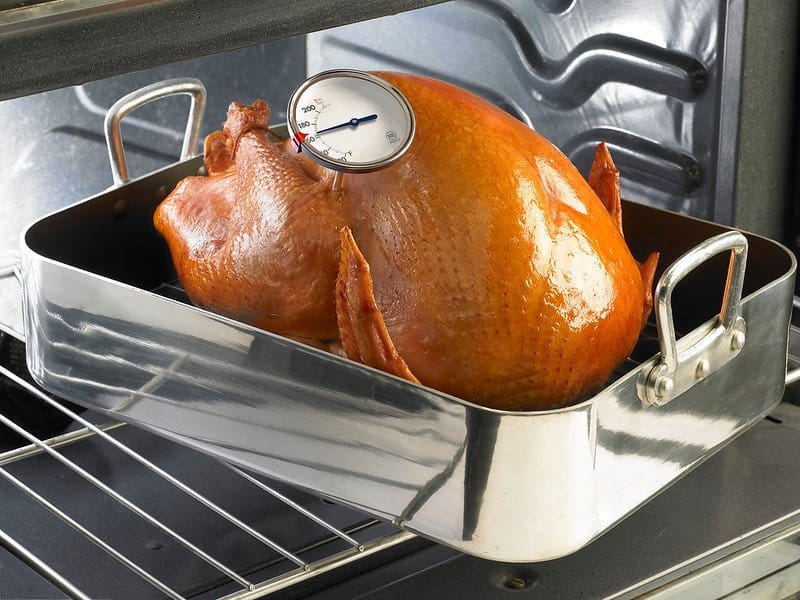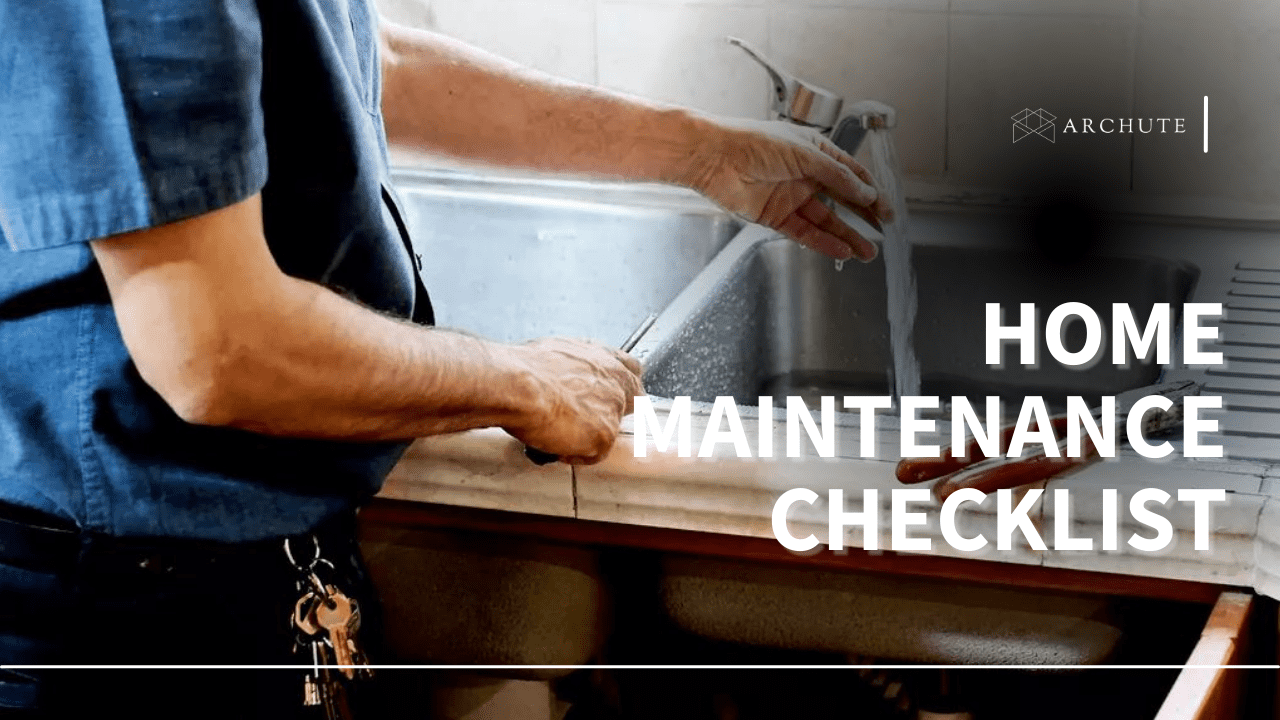Are you a meat lover? If you are, then this article will be useful to you. When you want to barbeque, roast, or grill your meat, you need to be sure that the inside is well cooked. But how will you be sure? Here is a solution, the best meat thermometer will help you with that as you cannot solely rely on your instincts.
It is important to know when the meat is well cooked to avoid eating raw meat, which can be harmful to your health. Overcooked meat also tends to be hard and dry, yet you want to enjoy it.
It is important to know when exactly your meat is ready. Food needs to be well cooked for everyone to enjoy. A meat thermometer will let you know the internal temperature of your meat which will ensure consistent results in your grilled, roasted, or barbequed meat.
For best results, always test the thickest part of the meat away from bones and fat. With advancements in technology, there are many thermometers to choose from, and deciding may be challenging. That is why we have selected the best from experts' reviews for you to use as a guide, but first, I would like to point out the different types of meat thermometers.
Types Of Meat Thermometers
A). Dial Oven-Safe Thermometers
These types of thermometers can remain in the food as it cooks. Insert two inches deep into the thickest part of the meat. The temperature readings will be ready in a minute or two. These thermometers are used for roasts, soups, and casseroles; they are not suitable for thin foods.
B). Instant-Read Thermometers
Instant-read thermometers are not meant to be left in food when cooking. Rather, use your instant-read thermometer to check food towards the end of cooking. Insert the stem about two inches in the thickest part of the food. It will read the degrees instantly. An Instant-read thermometer is used in soups, roasts, casseroles, and inserted sideways in thin dishes.
C). Thermometer-Fork Combination
These are good for grilling and show the heat level in 10 seconds. Place approximately a fourth of an inch deep in the thickest section of food, with the sensor in the fork fully inserted.
D). Pop-Up Thermometers And Disposable Temperature Indicators
These are for one-time use and are designed for specific temperature ranges, for example, the safe cooking temperature for turkey. They also read the amount of heat in food quickly. For practice, you can use them on large food items like whole turkeys.
The Best Meat Thermometer
1. Instant-Read Digital Thermometer
- Foldable design for easy storage and different measurement angles
- Easy-to-read backlit LCD screen, with current and target...
- 7 meat type and doneness levels for perfect results
- Audible temperature alarm
- Premium stainless steel probe
The Instant-Read Digital Thermometer is foldable for easy storage and different angles of measurements. It is easy to read and shows current and target temperature readouts.
This meat thermometer has seven meat type and doneness levels to perfect results. It has an audible alarm. The probe is made of stainless steel. When using it, you are just to select the meat type you're preparing, and it will know the required temperature.
It reads your meat temperature in seconds. When the meat reaches the required amount of heat, the display flashes red, and it beeps. It reads temperatures accurately. It uses a single 3A battery, and it also has an auto turn-off. This instant-read thermometer speaks seven languages.
Pros:
Cons:
2. TP03 Digital Instant-Read Meat Thermometer
- Super-fast: Instant reading thermometer with backlight features...
- Accurate readout: Cooking thermometer with temp range of -58 ~...
- Easy to use: Kitchen thermometer with foldable probe design folds...
- Smart design: Digital meat thermometer will auto shut off if...
- Backlight display: Grilling thermometer features backlight LCD...
TP03 Digital Instant Read-Meat Thermometer is a manual thermometer that uses a single 3A battery; it reads your food temperature fast, within3 to 5 seconds. It has a backlight.
It provides accurate readings that vary between -58 to 572 degrees Fahrenheit (-50 to 300 degrees Celsius). This digital meat thermometer is suitable for BBQ and grilling. It is foldable for easy portability and has a magnetic back and hook for convenient storage.
TP03 digital meat thermometer also auto shuts off if you leave the readout on for 10 minutes. The backlight display lets you see well while cooking in the evening. The meat thermometer rotates 180 degrees making it easy and safe to use on the grill or in the oven. It displays readings.
Pros:
Cons:
3. Chef’s Precision Analog Leave-In Meat Thermometer
- Quickly and accurately displays internal temperature of cooked...
- Clear analog face shows temperature in Fahrenheit and Celsius
- Probe cover includes both chef-recommended and USDA-recommended...
- Shaded portion of probe acts as guide for proper insertion depth
- Rapid-responding, bi-metallic coil ensures a spot-on temperature...
This Analog Leave-In Meat Thermometer quickly and accurately displays cooked meat temperatures. It has a clear face which shows the readings in Fahrenheit and Celsius. The probe cover of this analog thermometer includes chef-recommended and USDA-recommended temperatures.
The shaded portion of its probe offers guidance for proper insertion depth. This analog leave-in thermometer responds rapidly due to the bi-metallic coil, which ensures an immediate temperature reading. Its design is compact, making it easy to store.
This meat thermometer is suitable for ham, meat, poultry, and pork. It has large prints, which you will love because you won't need your glasses to read the temperature. It is also very easy to use and works great in the oven. This analog meat thermometer is long-lasting.
Pros:
Cons:
4. Deluxe Preset Oven Cooking Thermometer
- Preset to monitor meat temperatures without having to open oven...
- Silicon comfort grip is heat resistant up to 650F.
- Easy to read layout and flat-base design for lying down.
- USDA cooking chart printed directly on thermometer face.
- Range: 120F to 200F (49C to 93C).
This meat thermometer is battery-powered, and it uses a single AAA battery. You don't need to unlock the oven door to check if your food is ready. It has a silicone comfort grip that is heat resistant up to 650F. This oven cooking thermometer is designed for lying down hence has a flat base. There is also a USDA cooking chart printed directly on the face of the thermometer, and its ranges from 150F to 200F (49C to 93C). Using this thermometer is simple because it beeps when your food reaches the desired temperature. You can use it for different food items.
Pros:
Cons:
5. Thermapen Mk4 Thermocouple
Thermapen Mk4 is a battery-powered thermometer. It delivers accurate readings in 2-3 seconds. It has a patented auto-rotating display that flips right side up for reading from an angle. The thin probe easily pierces through the toughest meats.
You can use this meat thermometer in low light conditions or total darkness as it has an automatic backlight. It is made from waterproof materials for safe operations and easy cleaning. It operates with a single AAA battery that can last up to 3,000 hours. The battery's long life is due to the thermometer's motion-sensing sleep and wake mode.
The temperature is easy to read, and you don't need to reach for your glasses before checking if your meat is ready. You can easily slide it into your apron pocket because of its small size; it also covers a wide range of readings. The thermometer can also be used as a candy thermometer. It has a 4-inch cord making the thermometer stay on the counter as the probe goes into the oven.
Pros:
Cons:
Factors to Consider When Buying the Best Meat Thermometers
Still not sure about the best thermometer to get yourself? Don't worry. After reading this article, you will know all the features that a good thermometer should have. A good meat thermometer should have the following qualities;
a). Reproducibility
Reproducibility is the thermometer's ability to produce the same results after every use. It means that if your thermometer read 98-degree boiling water at one point, and on another occasion, it reads the same boiling water as 94 degrees, then the thermometer is unreliable.
When a thermometer is unreliable like that, it is normally because of small changes in the probe. Those changes can be corrected, but they don't last. It requires returning the thermometer to its state by resting it longer between uses. It is beneficial to have a reliable meat thermometer if you want your food to cook well.
b). Accuracy
It is better not to have a thermometer than to have an inaccurate one. Different foods require exact cooking temperatures, and if you use an inaccurate thermometer, you will not achieve the expected results. The food will either be several degrees hotter or colder than the required temperature.
c). Resolution
Most thermometers read to a tenth of a degree or a hundredth, and the latter is the more specific variant. A thermometer with one digit after the decimal point measures to a tenth of a degree and one with two digits after the decimal point measures to a hundredth of a degree.
Sometimes, manufacturers use more complex displays for less precise thermometers, and limited displays may show less information than the thermometer provides. You can check the resolution rating of a meat thermometer before purchasing it. To do so, look for a small positive (+) sign with a negative (-) sign below it. The number beside those two signs is the resolution rating.
d). Range
The temperature range of a thermometer determines whether you can measure the exposure of the cooked foods to more extreme temperatures. A good thermometer should have a wide temperature range to make it more useful when food temperatures go beyond the recommended temperature.
e). Probe length
Longer probes are ideal for thick slabs of meat and whole poultry. On the other hand, shorter probes can be used on thinner cuts of meat.
f). Water resistance
There is a possibility of fluids sloshing around as you cook, be it from brining, basting, or even rain if you're outdoors. A water-resistant thermometer will be the best to prevent damage if it is exposed to the fluids.
g). Speed
The best meat thermometers should be fast; a slow thermometer can ruin your dish if you are dealing with very sensitive foods. Its speed is determined by the probe thickness and position of the thermometer inside the food.
h). Programmable
Good meat thermometers are programmable. Programmable means that if you have a good one, you can set the target temperature and monitor the meat, whether you're cooking on low heat and slow, or high heat and fast cook.
i). Timer
This feature allows you to set how long you want your meat to cook.
j). Auto shut-off
Best meat thermometers have an auto-shut-off that turns them off when not in use. This feature is important because it saves battery life.
Frequently Asked Questions About Meat Thermometers
1. Are analog meat thermometers accurate?
The analog thermometer is simple but also effective. Its old-fashion design of working is highly accurate, and it does not require any battery. There's totally no need to calibrate the unit.
2. Is a meat thermometer necessary?
Instant-read meat thermometers are a necessity in any kitchen. Whether you have experience in accidentally drying or undercooking your dinner, using this tool will ensure that your meals are always done perfectly.
3. What do professional chefs use?
The most common cookware among professional chefs is stainless steel cookware. It is common because it does not rust. Other cookware used by the chefs include;
- Cast Iron Cookware-Durable and offer maximum heat distribution.
- Aluminum Cookware-Heat quickly and transfers heat evenly. They are affordable.
- Carbon Steel Cookware-Very durable and distribute heat evenly.





















